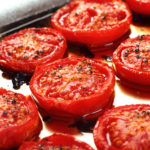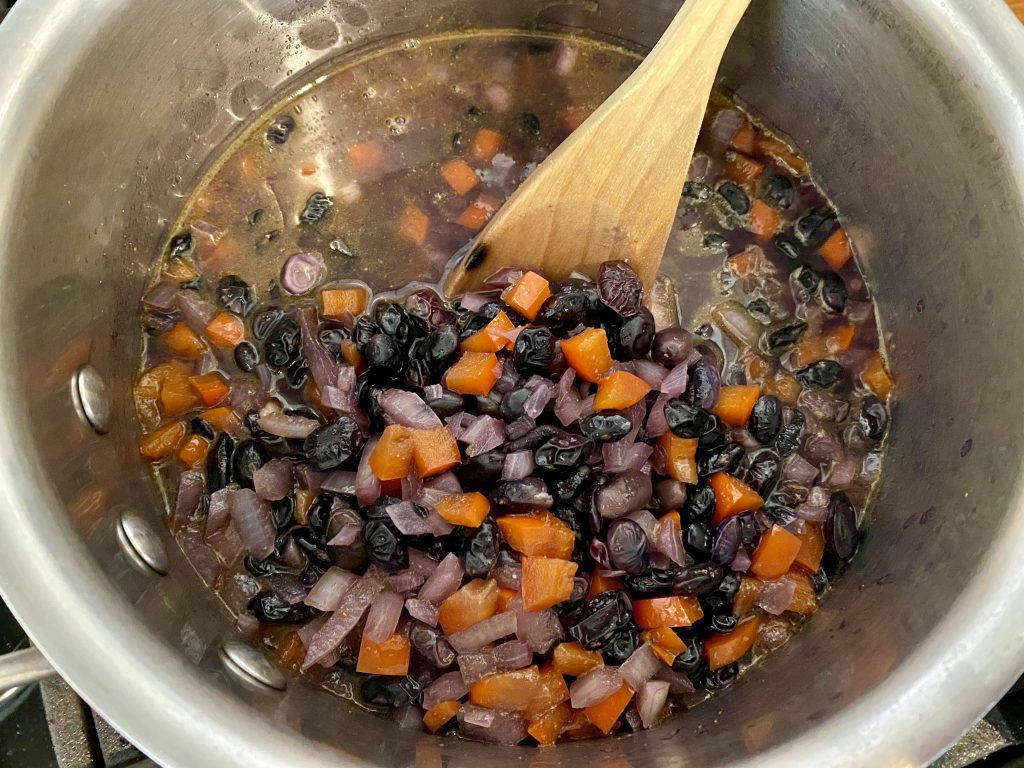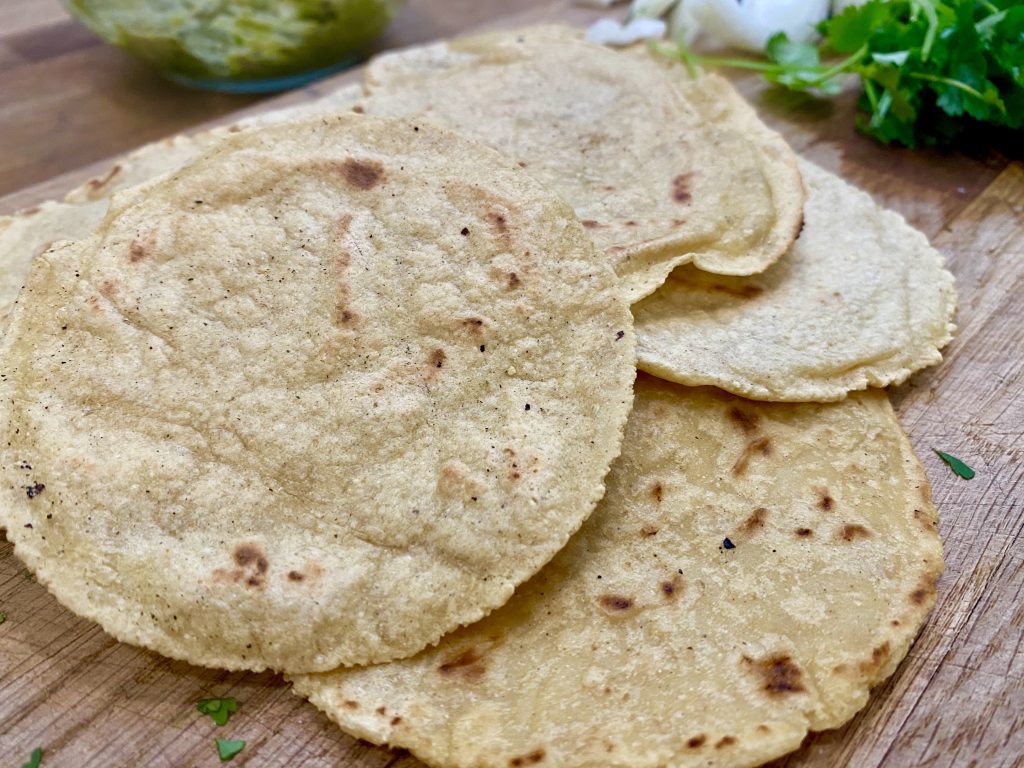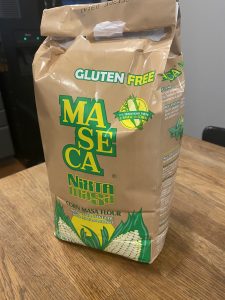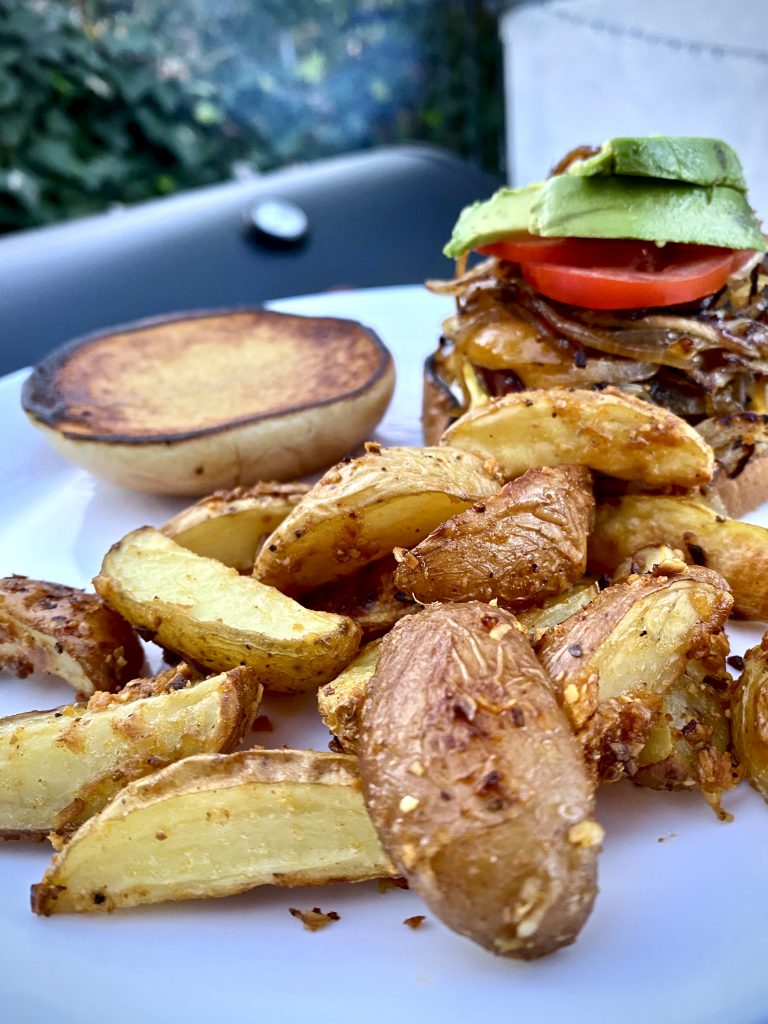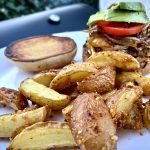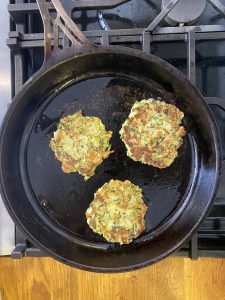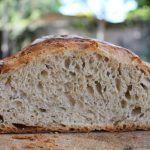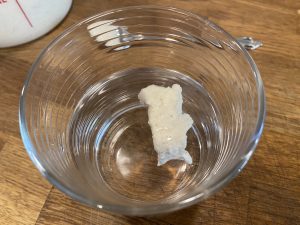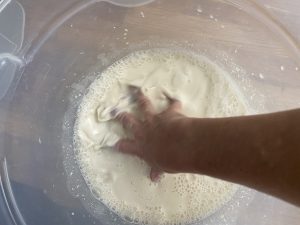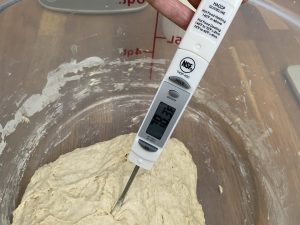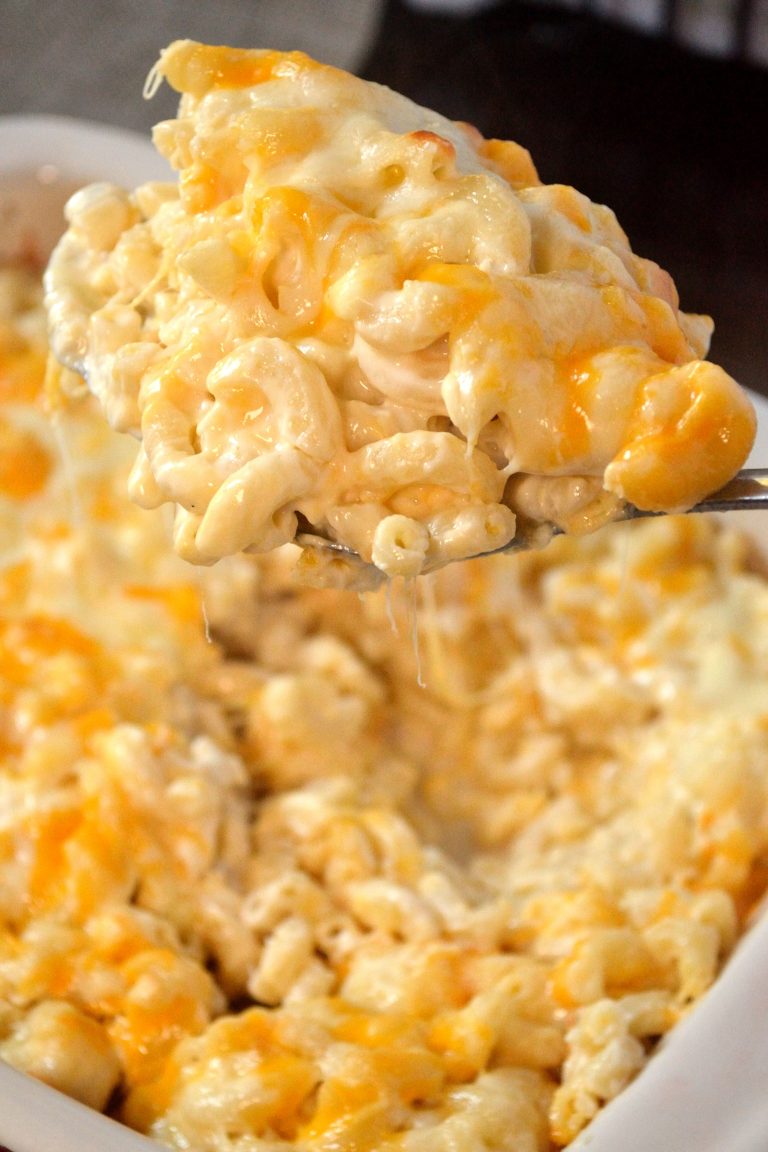Fresh summer tomatoes don’t last forever. But there are a few tricks and tips to keep them around for most of the fall and winter.
Last year I bought Alison Roman’s book, Dining In. It’s a great cookbook. Especially for those of us with small kitchens. In the book she has this fabulous recipe for slow roasting vine-ripened tomatoes for her Roasted Tomato and Anchovy Bucatini. I now use a variation of her recipe when I have an abundance of fresh tomatoes. They keep in the freezer for up to 6 months. Mine never last that long. I eat ’em up waaaayyyy before that.
Try this recipe on for size and keep enjoying your harvest of summer tomatoes all autumn long.
Roasted Garlic Tomatoes with Thyme
Slow roasted tomatoes seasoned in a confit of garlic, thyme and olive oil.
Course Dinner, Lunch, Snack
Keyword Roasting, Tomatoes, Vegetables
Total Time 3 hours hours
Servings 4
Ingredients
- 5 lbs small vine-ripened tomatoes (or as many as you have;)
- ½ cup olive oil
- 5 large garlic cloves, minced
- ¼ cup fresh thyme, stripped from stems
- Kosher salt
- ground black pepper
Instructions
- Preheat oven to 225°.
- Rinse tomatoes, remove stems and cut in half through the middle.
- Lay tomatoes, cut side up, side by side on a baking sheet. You may need a few baking sheets for this project.
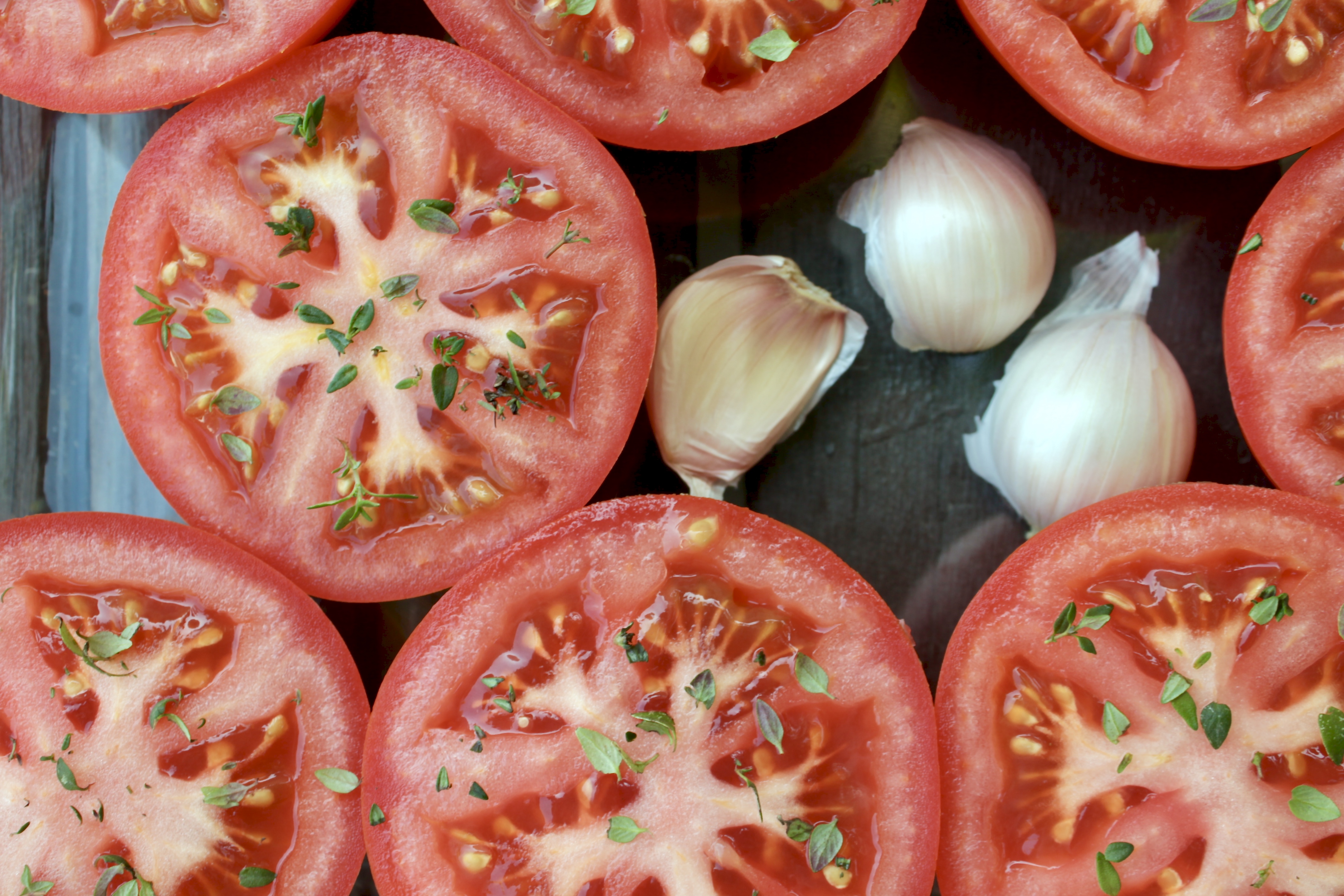
- Drizzle tomatoes with olive oil. It will flow down and fill the baking sheet.
- Evenly distribute garlic and thyme among each of the tomatoes, sprinkling over the tops. Season generously with salt and pepper.
- Roast in the oven for 2½-3 hours, rotating the baking sheets every hour. The tomatoes with shrivel up and your house will smell like heaven. (Be sure to turn on your oven vent.)
- Remove from oven. Use immediately.
- If freezing, allow to completely cool. Divide evenly into freezer safe storage containers, making sure to pour the olive oil and any bits of thyme in with each group of tomatoes. The oil is what makes these little roasters shine. Put the date on the containers and freeze.
- Roasted tomatoes keep in the freezer for up to 6 months.
